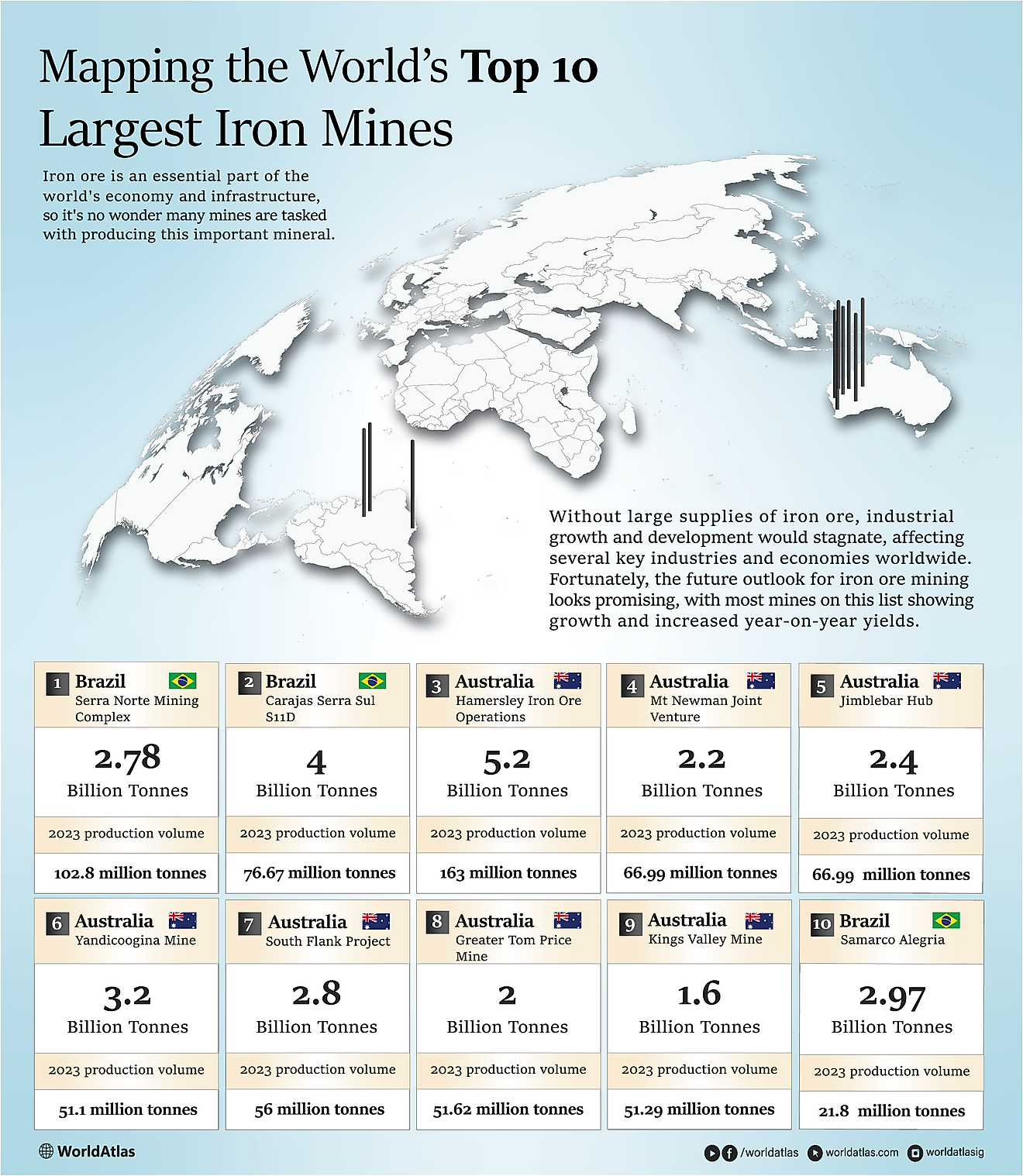What Is Nicaragua Known For Producing?

Nicaragua is a 50,338 square mile nation in the Central American region that in 2012 was home to 6,167,237 people. Humans have inhabited Nicaragua for an extended period with evidence indicating that the earliest settlements were established around 12,000 BC. Nicaragua fell under Spanish control in 1522, and Spain ruled the nation for about 300 years. Before the arrival of the Spaniards in the region, the native communities mainly relied on agriculture growing crops such as cocoa and peppers. Some of the most well-known products from Nicaragua are agricultural products such as tobacco, cotton, and bananas.
Tobacco
According to Tobacco Atlas, in 2014 Nicaragua produced 5,367 metric tons of tobacco. The information also indicates that 0.07% of Nicaragua's arable land is dedicated to growing tobacco. The primary areas where tobacco is grown in Nicaragua are Jalapa, Estelí, and Condega. Despite the low amount of land devoted to tobacco growing, Nicaragua's tobacco is often considered some of the best in the world. The tobacco from Nicaragua's different regions has a unique aroma that professionals easily recognize. Nicaragua's tobacco is mainly used to make high-quality cigars with tobacco from Ometepe and Jalapa being the most preferred. Despite the importance of tobacco to Nicaragua's economy, it poses a significant health risk as 1,100 Nicaraguans die annually from tobacco-related complications. The Nicaraguan government has put in place several measures to reduce tobacco-related deaths in the country.
Sesame
Nicaragua is also famous for producing high-quality sesame. Small-scale farmers grow most of the sesame in Nicaragua since the production costs are extremely low making it a highly profitable venture. Some of the areas where sesame is grown in Nicaragua include Chinandega, Leon, and Managua. Nicaragua's sesame is mainly used for producing oil since it has higher oil content than other types of sesame seeds. Sesame is also eaten raw and used in food production.
Coffee
Coffee is one of Nicaragua's most important crops due to the massive amounts of revenue it earns the country. Nicaragua's primary coffee growing areas include San Marcos, Diriamba, Jinotepe, and Managua. Several experts consider the coffee grown in Matagalpa Department as having the highest quality of all of Nicaragua's coffee. Farmers began growing coffee on a large scale in Nicaragua during the 1850's, and the industry developed rapidly, and coffee had become the chief export crop by 1870.
Cotton
Cotton gained prominence in Nicaragua during the 1950's, and by the 1980‘s it had become one of the most important export crops in Nicaragua. Due to a large amount of land required to grow cotton, it was primarily produced by large landowners. Due to the heavy use of chemicals in cotton growing, it soon lost prominence because of the environmental impact. Other factors that made cotton less viable in Nicaragua included competition from Chilean cotton and the reaction of cotton prices all over the world.
Agricultural Development in Nicaragua
Due to the importance of agriculture to the Nicaraguan economy, the government has put in place several measures to improve the agricultural sector. The government has encouraged farmers to integrate technology into their farming to improve the returns.











